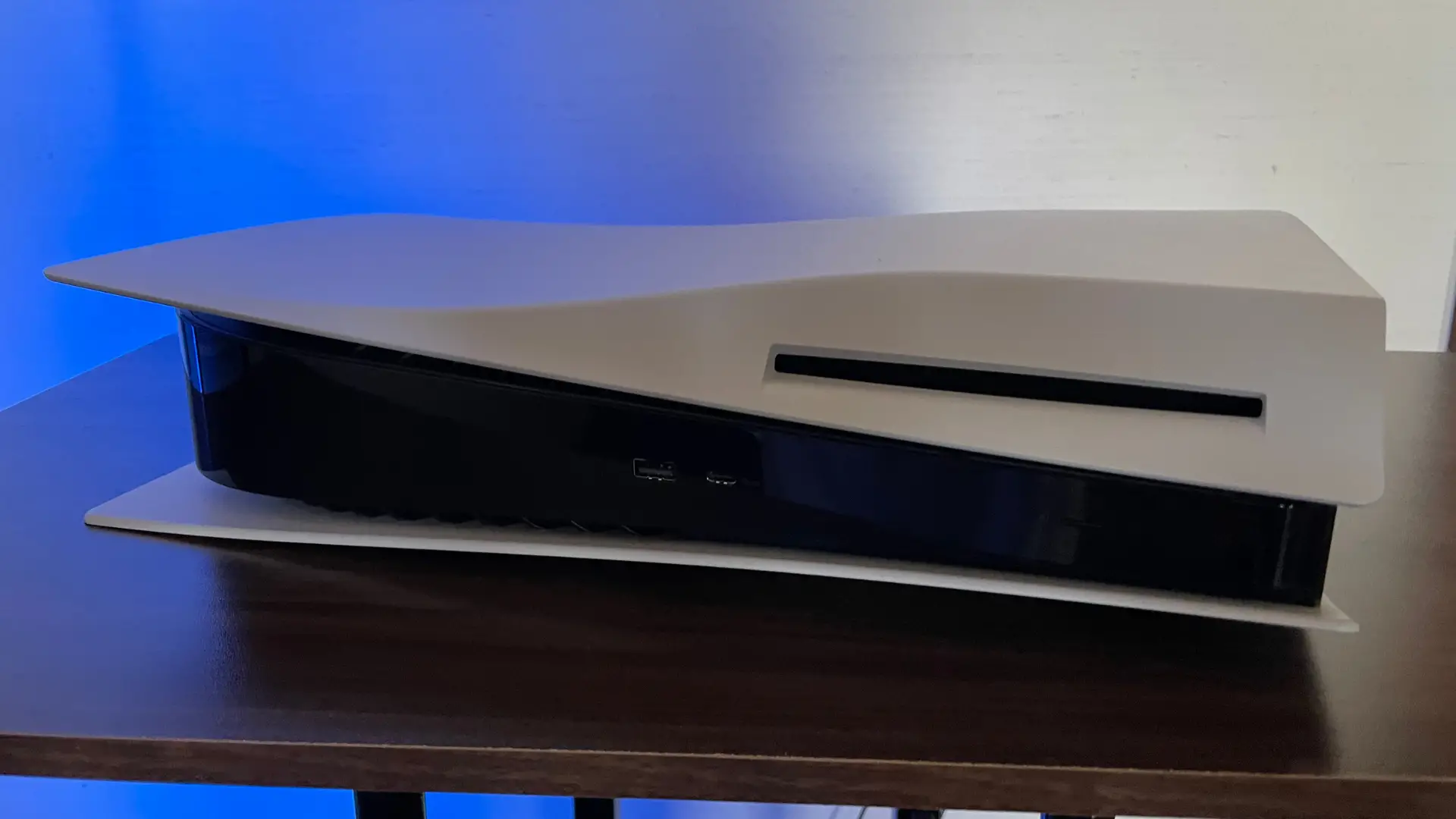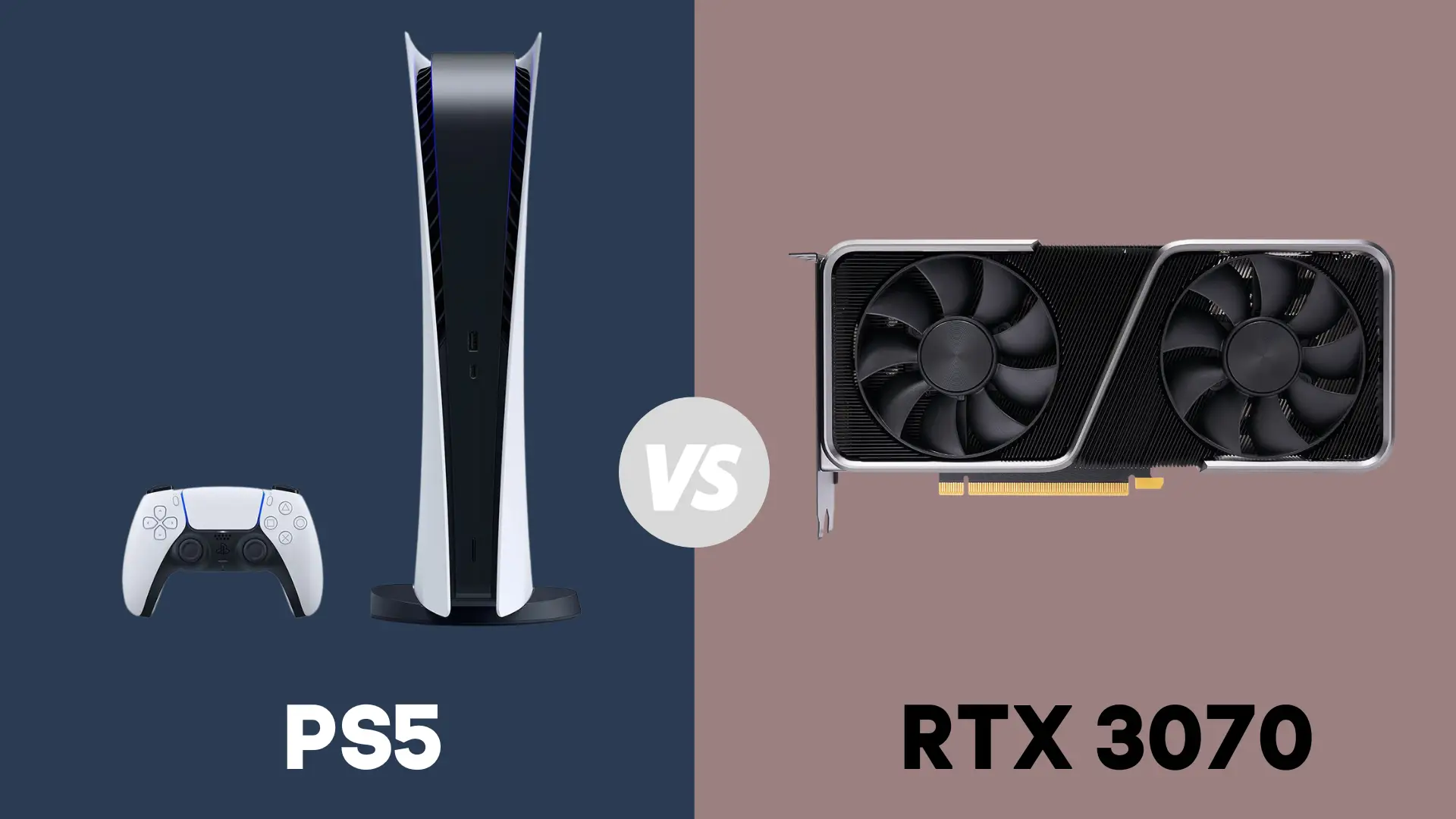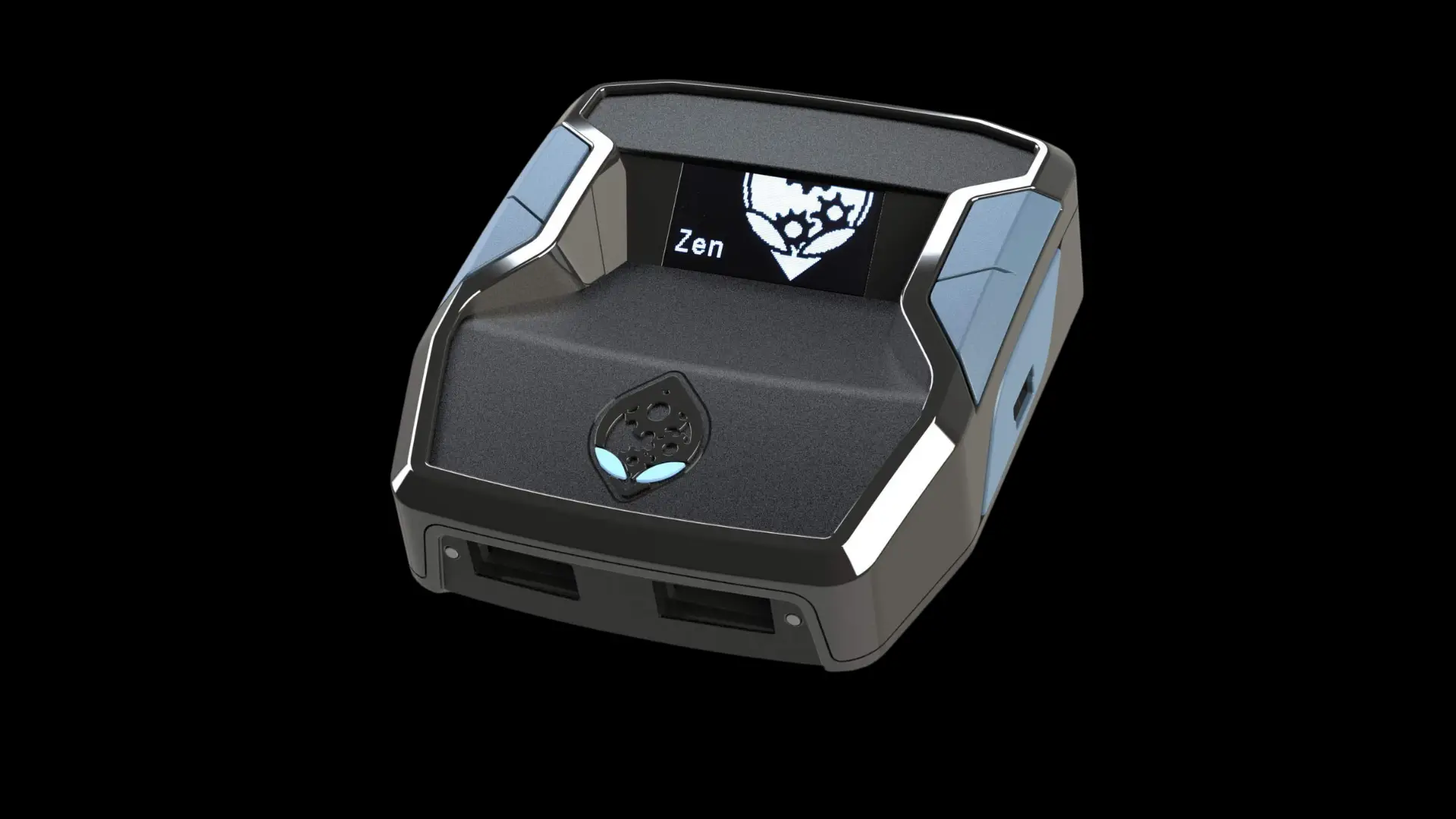How Much Data Does My Chromecast Use? (Detailed Guide)

Chromecast lets you stream content directly from a phone or laptop to a TV by plugging into your TV’s HDMI port—no need to use the TV’s content search interface—and it’s compatible with all the major streaming services like Netflix, Hulu and Disney+. While streaming alone can be taxing on your bandwidth, Chromecast uses up data in the background while you’re not using it. If you’re not careful, it can significantly increase your data usage. Read on to learn how you can take advantage of Chromecast without needlessly using up your bandwidth.
Every Chromecast device you install will consume about 15 GB of data per month in standby mode. When streaming, the amount of data used varies depending on what app you’re using and the resolution of the video. For example, streaming a movie on Netflix in 1080p resolution consumes 3 GB of data per hour.
As long as your Chromecast device is plugged into your TV and has power, it’s downloading high-resolution background photos to display on your TV and consuming excess data. There are a few ways you can avoid this problem, like changing the power source, putting the device in data saving mode, and changing your background. Read on to find out how to implement these solutions, so you can get the most out of your Chromecast and use your data wisely.
How Much Data Is My Chromecast Using?
The important thing to remember about your Chromecast is that it’s always connected to the internet and using up bandwidth unless you actively turn it off or change its settings. It won’t use cellular data unless you tether a device with a hotspot and use the device to stream on your Chromecast, since the Chromecast works by sharing the same WIFI network with a device.
The amount of bandwidth that a Chromecast uses when streaming video varies greatly between platforms and resolutions, and there’s no real difference between streaming on the Chromecast and any other device data-wise. When you’re streaming a video, you don’t have to worry about both devices using bandwidth at once—the Chromecast is the only device using data while it’s streaming.
Data Saving Mode
This option will work best for you if you want to significantly reduce your data consumption while still using Google’s smart home features, like voice activation. To put your device in Low-Bandwidth Mode, select it in the Google Home app and open the settings menu. Scroll through to Ambient mode, then to Experimental, and select Low-Bandwidth Mode.
Another data-conserving tweak you can make is to set the amount of time each background is displayed to the maximum. This can be done by going to Ambient and setting Slideshow Speed to the lowest possible setting.
For your Chromecast to work with Google’s smart home features, it still needs a constant source of power and WIFI access, so this option won’t reduce the data consumption as much as the other items on this list. However, it will go a long way towards reducing data consumption without losing functionality.
Changing Your Power Source
A surefire way to stop your Chromecast from idly using data is to cut off its power when not in use. You can do this by unplugging the device when you’re not using it, but if you want a more elegant solution, you can route the device’s power through your TV. A Chromecast’s power supply uses a USB port, so if your TV has one on it, just plug the USB cable into the Chromecast from the TV, and the Chromecast will only be powered when the TV is on.
This method only works if your TV doesn’t have powered USB ports when the screen is off, which is the case with most TVs. You can make sure this is the case with your TV by opening the Google Home app while the TV is off and making sure that the Chromecast doesn’t appear there. If it does, then consult your TV’s manual to see if there’s a way to keep the ports unpowered while the TV is off.
Changing Your Background
The only reason a Chromecast uses data when it’s idle is because it’s displaying fancy backgrounds, so you can mitigate this by changing the background to a low-resolution image. To do this, first make sure you’ve got a low-resolution image stored in your Google account. Then find your Chromecast in the Google Home app, go to settings, select Ambient, then select the picture from before under Google Photos.
Streaming With a Low-Data Plan
If you want to stream video by tethering a device to a Chromecast, have a WIFI plan that doesn’t offer a lot of data, or don’t have access to a lot of data to stream video with for another reason, there are workarounds if you’re willing to compromise in the way of resolution.
A streaming service will typically give you the option to reduce the resolution of the video, often all the way to 480p, which should drastically improve your streaming capacity. You can also switch to a streaming service plan that’s less demanding on your data. This might be a good idea if you don’t have a lot of bandwidth to stream with, and you want to have multiple devices streaming at the same time.
How to Stream Without WIFI Using Guest Mode
If you find yourself in the awkward situation of wanting to stream using a Chromecast with spotty or no WIFI at all, it’s possible to stream with mobile data using a setting called Guest Mode. Normally, a Chromecast works by connecting to the same WIFI network as the device you stream from, but if you enable Guest Mode, the Chromecast emits its own WIFI signal so that other devices can connect to it. You can find this signal on your phone and connect to it there, and then stream video over cellular data with the Google Home app.
There’s one catch to this method: Guest Mode can only be activated while the Chromecast is connected to the WIFI network of Chromecast’s owner. This means that if you want the option of using guest mode to stream over cellular data, you have to make sure that it’s activated on the Chromecast before you find yourself without WIFI. One workaround for this problem is to get a separate Chromecast that’s always in guest mode.
Final Thoughts
The Chromecast is a convenient, slick way to watch movies or TV without using the typically clunky content-finding UI that comes with TVs. It does have the flaw of sucking up data in the background, but this problem can be dealt with easily using one of the above methods, allowing you to get the best use out of your Chromecast while conserving your data.
- How to Pair Meta Quest 3 Controllers with Your Quest 3 Headset: A Quick Guide
- How to Charge Meta Quest 3: A Guide to Powering Up Your VR Experience
- How to Cast Meta Quest 3 to Samsung TV: A Step-by-Step Guide
- How To Factory Reset Your Meta Quest 3: A Step-by-Step Guide
- How to Power On and Off the Meta Quest 3





